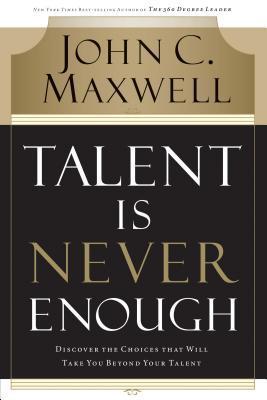
What Got You Here Won't Get You There
Book Description
Success can be a double-edged sword. At the pinnacle of achievement, many leaders find themselves stunted, their past successes now shackles that hold them back. Marshall Goldsmith unveils the invisible barriers that sabotage even the brightest careers, revealing how the habits and behaviors that once paved the way to triumph can become the very obstacles to future greatness. With compelling insights and actionable strategies, this groundbreaking guide challenges the status quo, urging transformation and growth. Are you ready to break free from the chains of your own success and discover the next level of your potential?
Quick Book Summary
In "What Got You Here Won't Get You There," Marshall Goldsmith dissects the paradox that the very behaviors responsible for professional ascent often become impediments to continued success. Aimed at high-achieving leaders, the book highlights the unconscious habits and interpersonal flaws that hinder further progress. Goldsmith introduces the concept of behavioral blind spots and identifies 20 common bad habits that can sabotage careers. With practical strategies focused on self-awareness, feedback, and change, he provides a step-by-step framework for lasting self-improvement. The book emphasizes that achieving the next level of leadership demands more humility, active listening, and a willingness to let go of past strategies. By committing to personal transformation, leaders can unlock new growth potential and foster better relationships.
Summary of Key Ideas
Table of Contents
Recognizing Behavioral Blind Spots
Success in business and leadership often roots itself in unique habits and patterns that have driven an individual's achievements. However, Marshall Goldsmith posits that these very traits, while once beneficial, may become liabilities as one climbs higher. Leaders may develop behavioral blind spots, a form of self-deception regarding how their actions impact others. These overlooked flaws, unaddressed due to past praise and unchallenged authority, become obstacles to further advancement and effective leadership.
The 20 Habits That Hold You Back
Goldsmith identifies 20 habitual workplace behaviors that commonly hinder leaders' effectiveness—ranging from the need to win at all costs to withholding information and failing to express gratitude. These pervasive habits frequently stem from ego, a quest for validation, or an unchecked belief in personal rightness. By cataloging these recurring pitfalls, the book offers readers a mirror to honestly assess which destructive traits they may harbor and how such behaviors damage team dynamics and undermine leadership impact.
The Importance of Feedback and Listening
One of the core solutions presented is the cultivation of feedback and genuine listening. Leaders often struggle to receive critical feedback since their position insulates them from candid input. Goldsmith advocates for embracing feedback with humility, actively listening, and seeking perspectives from colleagues and direct reports. This openness not only uncovers hidden behaviors but also builds trust and signals a willingness to grow, crucial aspects for anyone aspiring to lead at higher levels.
Letting Go of Past Success Strategies
To progress, Goldsmith urges readers to relinquish reliance on the very actions that previously brought acclaim. What worked in one context may falter in a new role or greater responsibility. Leaders must consciously let go of past formulas and adapt to the evolving demands of their position. This might mean transitioning from a solo achiever mindset to a collaborative, empowering approach, or from technical skill mastery to emotional intelligence and interpersonal finesse.
Creating Sustainable Change
Sustainable change is possible, Goldsmith concludes, through small, intentional steps. The process involves acknowledging the need for improvement, engaging in honest self-assessment, involving others for feedback, setting clear goals, and following through with accountability. Continuous effort and a commitment to self-awareness are necessary to overcome ingrained habits. For leaders, embracing this lifelong learning orientation not only paves the way for personal growth but also drives higher team performance and organizational success.
Download This Summary
Get a free PDF of this summary instantly — no email required.





